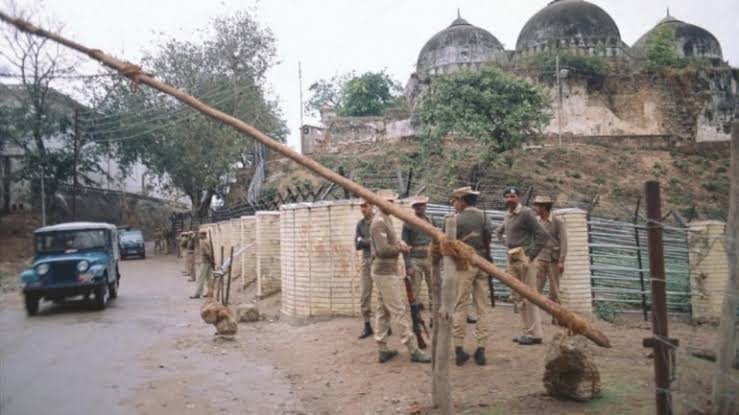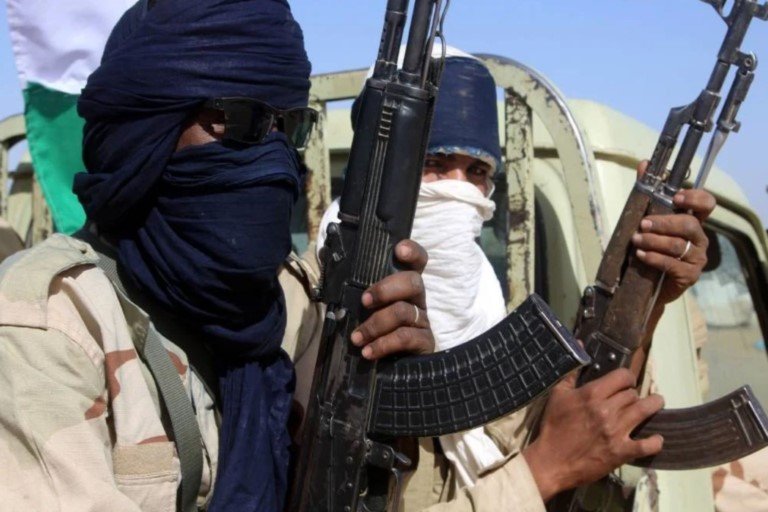An ancient Hindu temple in the northern state of Himachal Pradesh collapsed, killing nine people and trapping scores more due to severe rains.
Rescue efforts are underway after a landslip struck the temple in Shimla, a renowned tourist destination.
Heavy rain has fallen in Himachal Pradesh in recent days, causing floods and landslides.
In the last 24 hours, 21 individuals have perished as a result of rain-related events.
Sukhvinder Singh Sukhu, the state’s chief minister, who is on the scene of the landslip, warned reporters that 20–25 people may be buried beneath the rubble.
Thousands of visitors visit Himachal Pradesh’s hill state, particularly its capital Shimla, throughout the year to enjoy the cold weather and scenic surroundings.
However, significant rains have been falling throughout the state during the monsoon season, causing flooding, landslides, and cloudbursts, all of which have caused further damage.
Videos uploaded on social media in recent days show automobiles and structures being carried away by raging rivers, trees falling on cars, and visitors becoming trapped due to road closures.
A cloudburst damaged some residences in Solan district hours before the temple fell, killing seven people. Cloudbursts have been observed in the Mandi district as well.
Mr. Sukhu has urged residents of the state to stay indoors due to the rains.
For the past few days, heavy rains have been lashing the adjoining state of Uttarakhand. The mountainous state has numerous respected Hindu sites and attracts a huge number of tourists throughout the year.
The Char Dham Yatra, a pilgrimage to the four holiest locations for Hindus in the state, was postponed for two days on Monday, according to authorities.
Massive stones were seen obstructing the way to the Kedarnath shrine, which is part of the Yatra, in videos uploaded on social media.
Environmentalists have regularly expressed worry over the infrastructure upgrades undertaken in India’s Himalayan states to accommodate an influx of visitors. They claim that this might devastate these environmentally vulnerable areas, especially when paired with major weather occurrences.











